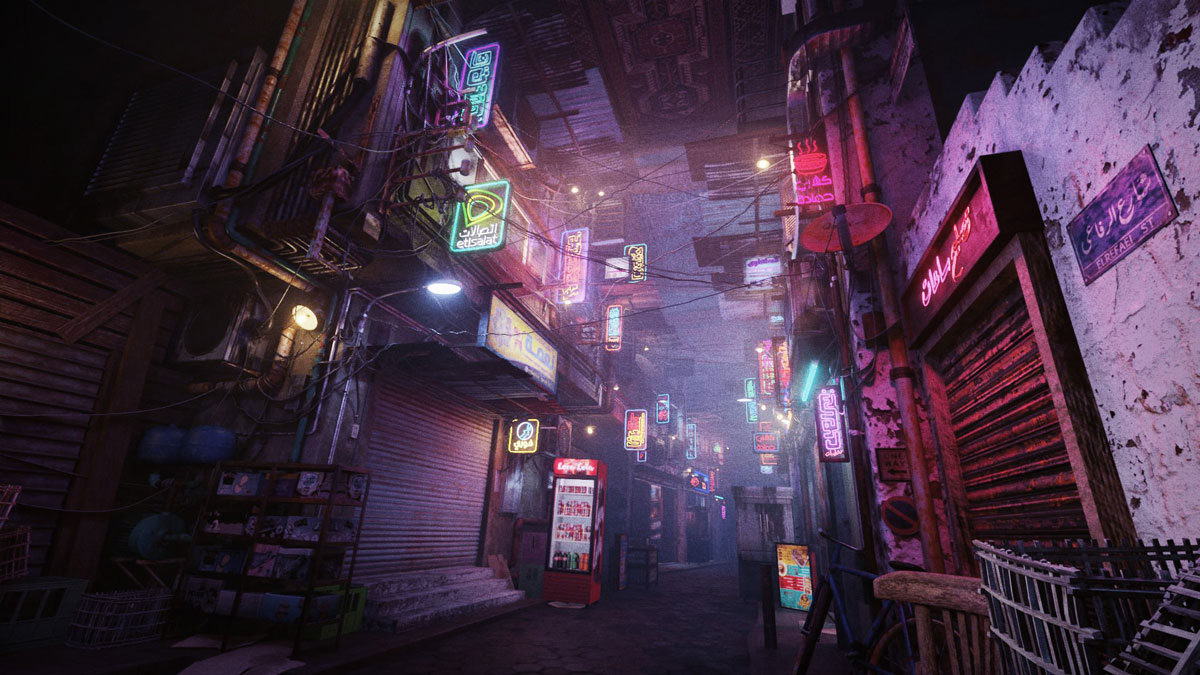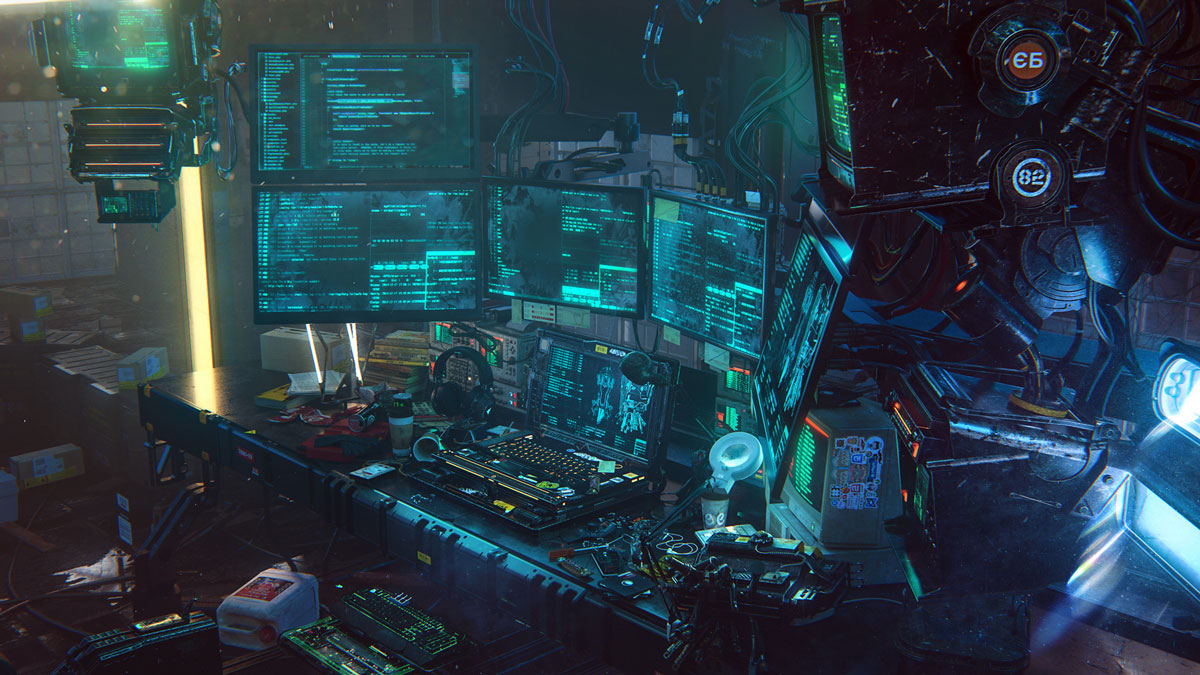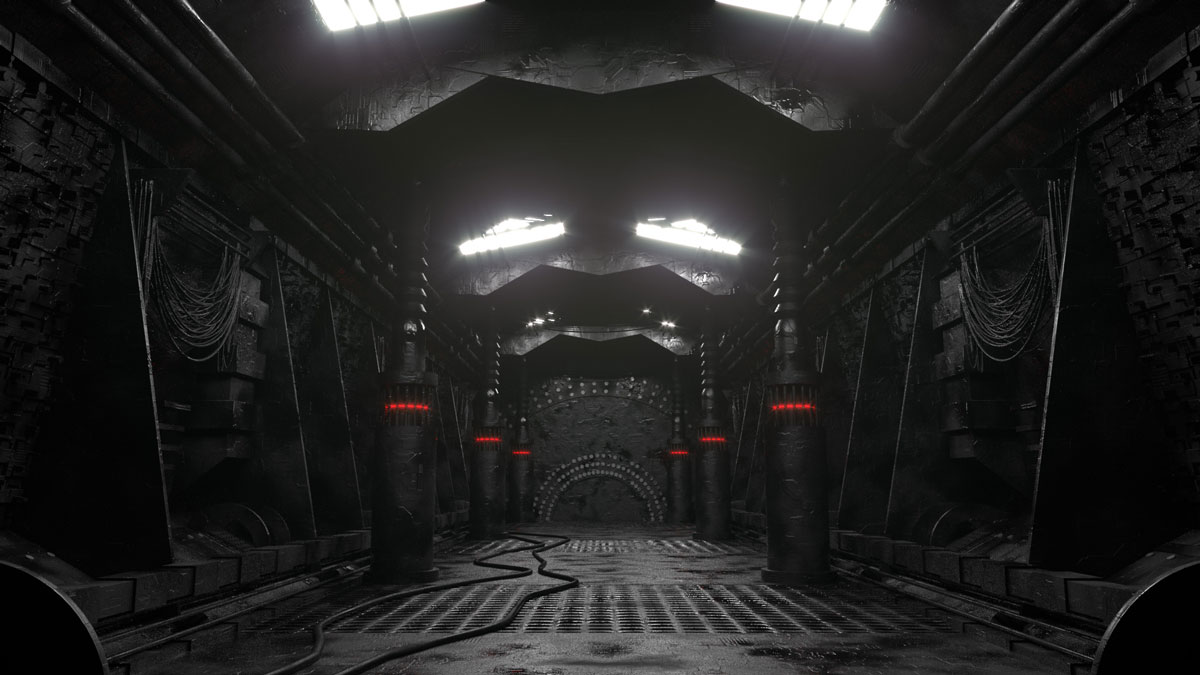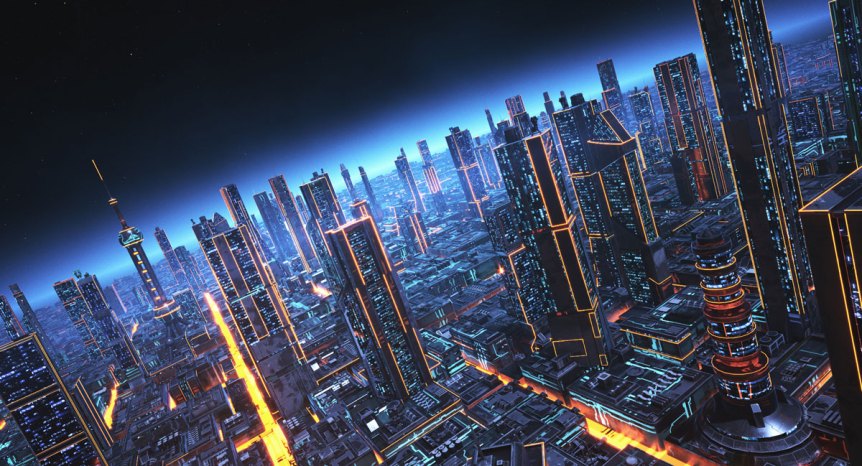As things wind down for the final weeks of 2022, there’s no denying that it’s been a big year for the 3D industry. From The Batman to NFL broadcasts, 2022 proved that virtual production isn’t just a hangup from lockdown. Hybrid events have become increasingly sophisticated, with augmented reality being used to power everything from Cannes to Coachella. And the metaverse continues to edge closer to reality for all.
For 3D artists, all these trends mean there’ll be more opportunities to work across a variety of industries as the demand for production-ready models grows. But exactly how will this evolve in 2023, and what can TurboSquid artists do to make the most of it? Read on to find out.

1. Virtual Production Will Be More Popular Than Ever
More creatives are starting to realize that virtual production doesn’t just allow for more creative backdrops. It can also significantly reduce costs. That’s translated into massive adoption. In fact, it’s estimated that the global virtual production market will be worth 6.79 billion dollars by 2030. That’s an impressive annual growth rate of almost 20 percent.
As virtual production grows, so will the demand for production-ready 3D assets. In 2022 we already saw shows like the Muppets Halloween special using TurboSquid models in its virtual production process. We expect this trend to continue in 2023.
2. The Metaverse Won’t Just Be a Buzzword
You couldn’t go far without hearing about the metaverse in 2022, but there’s still a lot of confusion about what it actually means, and whether the world is ready for it. Here at TurboSquid, we believe the metaverse isn’t just a buzzword.
While it’s almost as surreal to imagine as the internet would’ve been 60 years ago, the metaverse does have a market and its presence in our everyday lives is likely going to grow over the next few years. Imagine if the internet was a virtual environment you could explore with your own digital avatar. As companies like Google, Microsoft, Nike, and PepsiCo continue investing money into the idea, we’ll likely continue to see virtual concerts, digital clothing, the sale of virtual space through cryptocurrency, and more. Automakers, for instance, could gamify their entire sales process by letting customers create their own cars, then use them to race others in the metaverse. Furniture manufacturers could let clients design their entire home interior and live in it in the metaverse before buying real-world furniture to match.

3. Universal Modeling Standards Will Be Key
Whether it’s creating a tropical island for the metaverse or a sci-fi virtual production background, 3D assets will need to work across numerous virtual spaces as they appear. In 2023, that means standardization will become more crucial for both artists and brands using 3D assets.
At TurboSquid, we already have StemCell, which acts as a universal specification, making it much easier to convert your 3D models to work on any platform you need for the future. That means your avatar could be used in a game, film, multiple metaverses, and more—all without needing to change anything about it. 3D product configurators would simply let anyone download your model and have a menu option to modify it (for a realistic or cartoony look, for example) at the click of a button.
4. Installations Will Become More Interactive
Interactive art installations are an increasingly popular way for creators to immerse their audience and for companies to showcase their technology. We even had a go at designing a showstopping interactive installation at 2022’s Cannes Lions event. If ever there was proof of a growing interest in these installations, it’s the fact that more than 7,000 people turned up to check out the Shutterstock booth.
As virtual production techniques become more popular and the metaverse continues to grow, we predict that installations like this will get more and more interactive. That presents an exciting new avenue for 3D artists to help brands and creatives stand out.

5. You’re Going To See More AI-Generated Models
For some, the mere mention of AI conjures up images of a world ruled by robot overlords. For now, though, the technology is being used to create some pretty cool art, like the AI film Salt by Fabian Stelzer.
For 3D artists, the potential of AI is huge. It could be used to generate multiple different iterations of the same object, like different cars or people to populate your environment, all without having to model or kitbash anything yourself. That’ll help streamline workflows and leave you more time to push your work to new heights.
6. AI Will Also Be Huge For 3D Scene Generation
AI’s 3D potential doesn’t start and end with the modeling process. The technology is perfectly placed to power entire scene generation, especially if you already have libraries of existing 3D content to auto-populate rich environments.
Imagine walking onto your virtual production set, asking AI to create a realistic sci-fi backdrop, then seeing it use your 3D content library to put it on your LED wall in seconds. Or asking AI to automatically adapt your scene for different platforms, like making it more cartoony for an 8-bit metaverse. In 2023, we expect to see the very beginnings of technologies that will help all this and more become reality for the future.
Want to learn more about the future of the 3D industry? Keep up to date on the TurboSquid blog.
Cover image via Color Farm.

